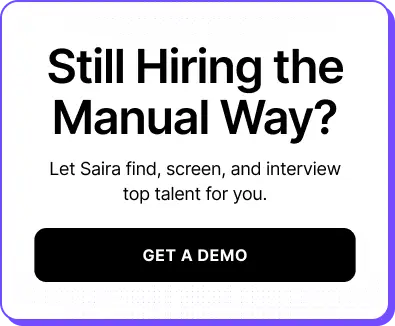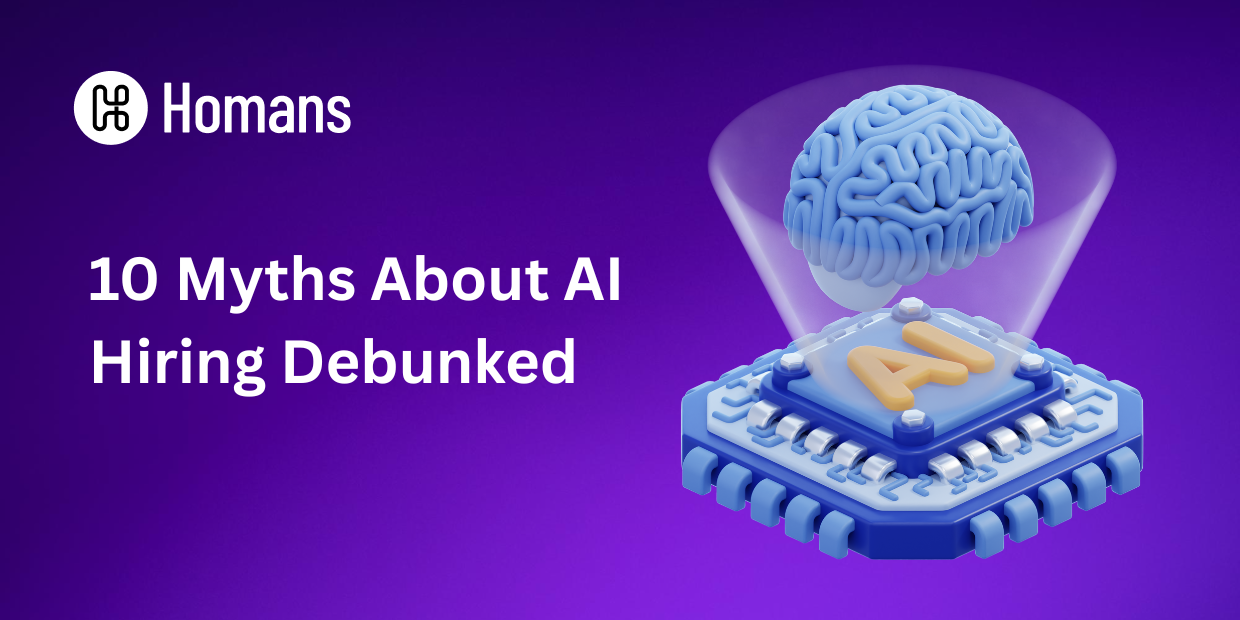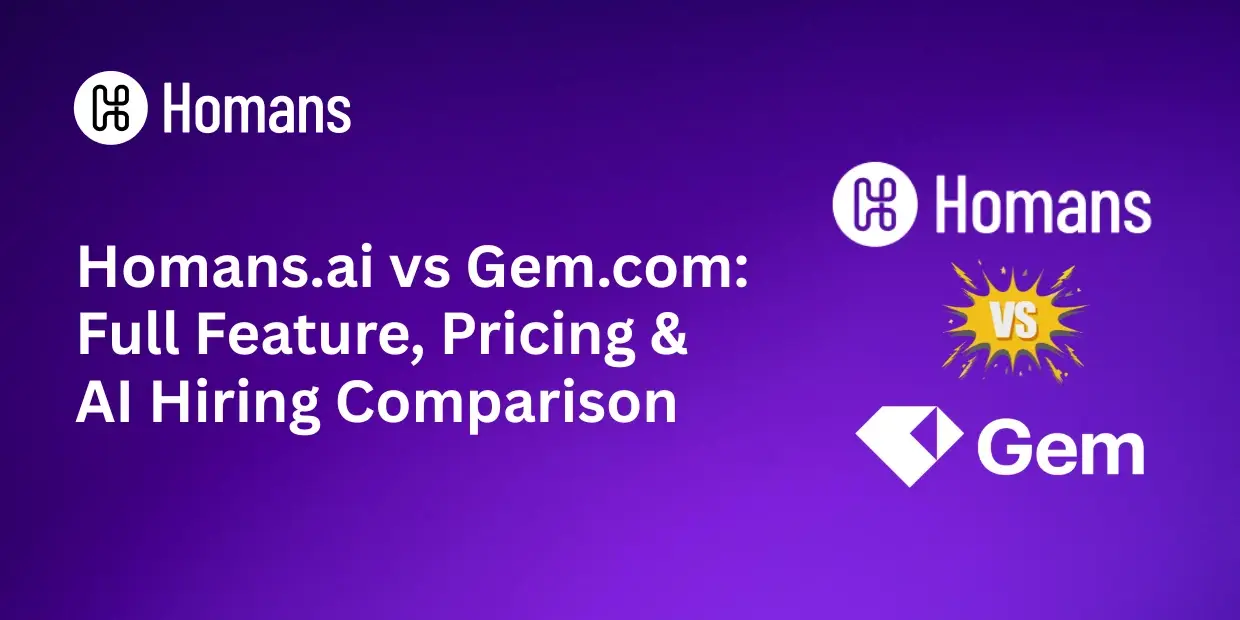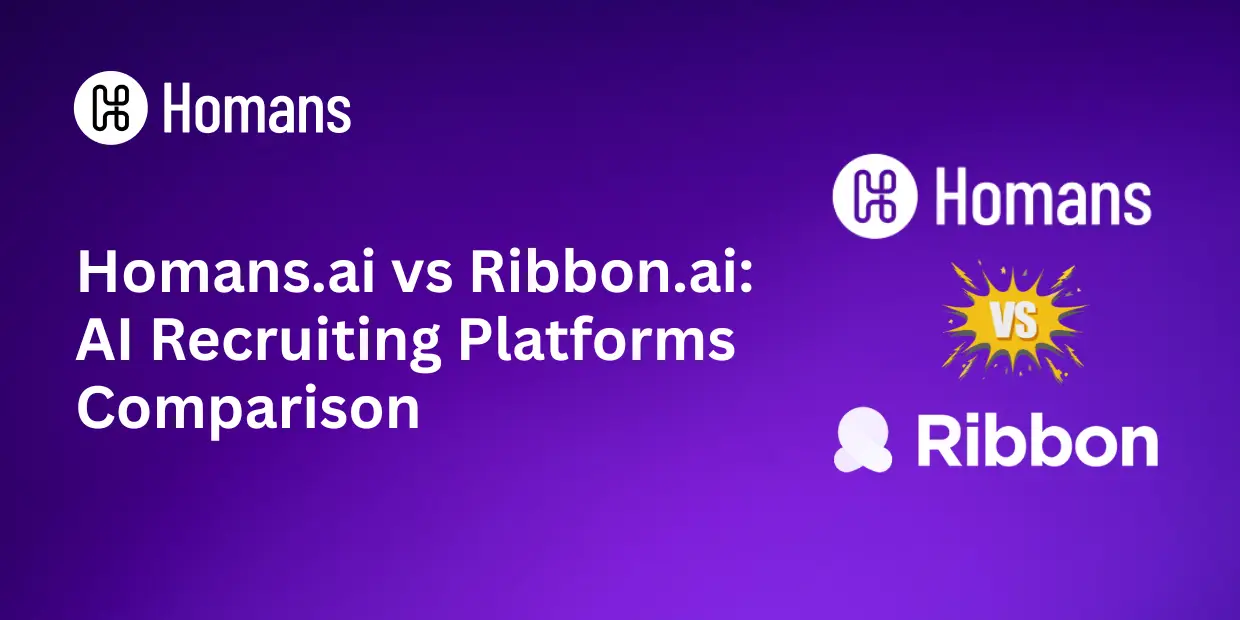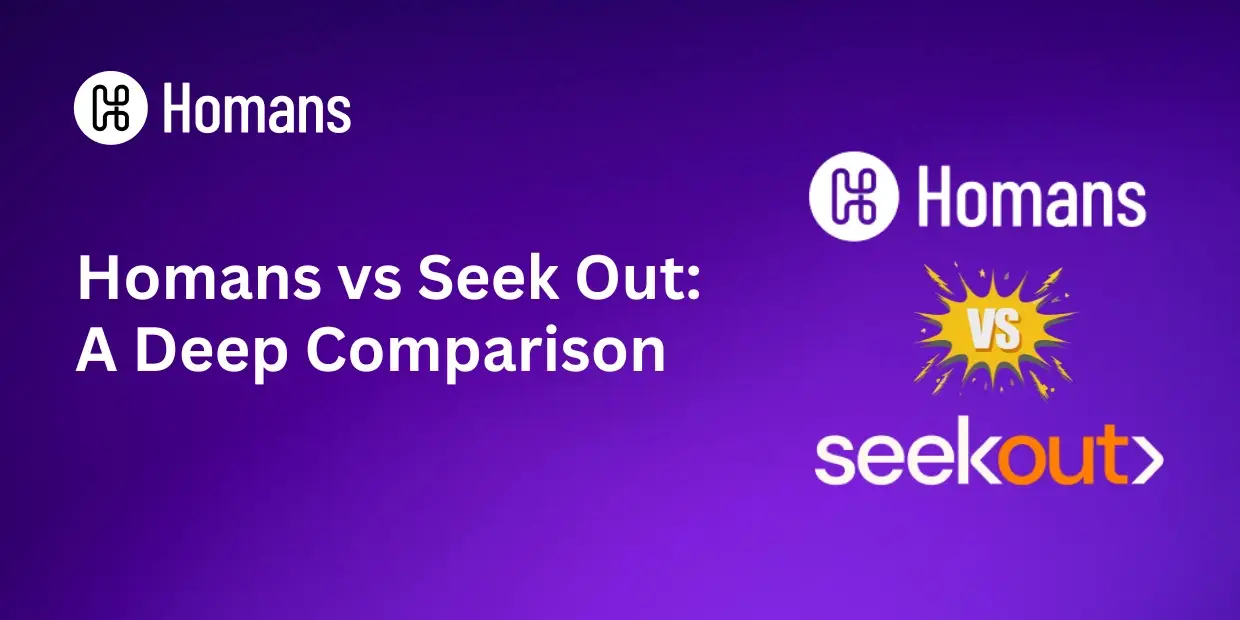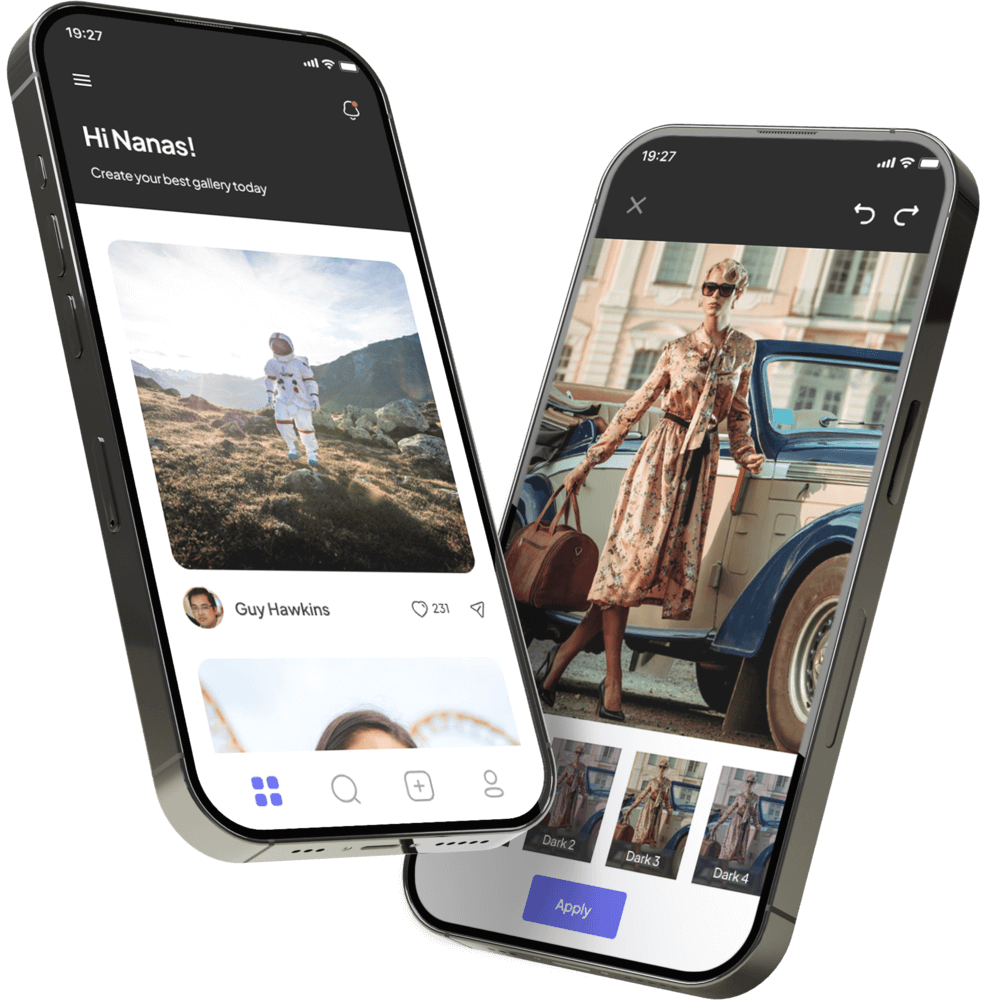Artificial Intelligence (AI) has revolutionized the recruitment landscape, but with innovation comes misconceptions. As AI adoption in hiring has skyrocketed to 72% among HR professionals in 2025, up from 58% in 2024, it’s crucial to separate fact from fiction. This comprehensive guide debunks the most persistent myths surrounding AI in hiring, providing clarity for both employers and job seekers navigating this technological transformation.
Overview: The Current State of AI in Hiring
The AI recruitment market has experienced explosive growth, valued at $660.17 million in 2025 and projected to reach $1,125.84 million by 2033. With 14.7% of employers now using AI in recruitment, up from just 4.9% in 2023, the technology is no longer experimental—it’s becoming standard practice.
However, this rapid adoption has spawned numerous myths that can mislead both hiring teams and candidates. 40% of hiring teams cite bias and privacy as major concerns, often based on misconceptions rather than facts. Let’s examine and debunk the ten most common myths about AI hiring.
Myth 1: AI Will Replace Human Recruiters Entirely
The Reality: AI enhances human capabilities rather than replacing them entirely.
This is perhaps the most pervasive myth in the recruitment industry. 79% of recruiters believe people won’t need to be involved in recruiting in the near future, yet the evidence suggests otherwise.
AI excels at automating repetitive tasks like resume screening, scheduling interviews, and initial candidate outreach. However, human recruiters remain essential for building relationships, assessing cultural fit, and making final hiring decisions. Modern AI systems are designed as decision-support tools rather than decision-makers.
The future points to a “Mini-CEO of Talent Acquisition” model, where recruiters leverage AI to handle administrative tasks while focusing on strategic initiatives like employer branding, candidate engagement, and complex decision-making. AI and recruiters co-exist in complementary roles, with each playing distinct yet cooperative functions in the hiring process.
Myth 2: AI Hiring Systems Are Inherently Biased
The Reality: When properly designed and audited, AI can actually reduce bias compared to human-only processes.
While concerns about AI bias are valid, the myth that AI is inherently more biased than human decision-making needs correction. AI systems are only as biased as their training data, but when implemented correctly, they can significantly reduce discrimination.
Studies show that AI interview screenings can decrease gender bias by 30% by focusing on skills and qualifications rather than demographic characteristics6. Unlike humans, AI doesn’t suffer from unconscious bias related to factors like appearance, accent, or personal background when evaluating candidates objectively.
The key lies in proper implementation: using diverse training datasets, regular algorithm audits, and maintaining human oversight. Companies that prioritize ethical AI development report substantial improvements in hiring diversity and fairness.
Myth 3: AI Makes Hiring Decisions Independently
The Reality: AI provides recommendations and insights, but humans make final hiring decisions.
One of the most concerning misconceptions is that AI systems autonomously decide who gets hired. In practice, AI serves as a decision-support tool that assists human recruiters rather than replacing their judgment entirely.
Modern AI platforms analyze candidate data and provide scoring, rankings, and recommendations to help recruiters make informed decisions. However, the final hiring decision remains with human hiring managers who can consider factors like team dynamics, cultural fit, and strategic needs that AI cannot fully assess.
No smart hiring decision is made based on a single data point. The most effective hiring processes combine AI insights with human evaluation, ensuring that technology enhances rather than replaces human judgment.
Myth 4: AI Uses Facial Recognition to Judge Candidates
The Reality: Most modern AI hiring platforms have moved away from facial recognition technology.
This myth stems from early AI hiring tools that did analyze facial expressions and movements. However, major platforms like HireVue removed their facial analysis functions in 2021 following privacy concerns and bias issues1314.
Current AI hiring systems primarily focus on analyzing language patterns, response content, and competency-based assessments rather than physical appearance. When video interviews are used, AI typically evaluates the substance of responses and communication skills rather than facial features or expressions.
The shift away from facial recognition reflects the industry’s commitment to reducing bias and improving candidate privacy. Modern AI assessments emphasize skills, experience, and job-relevant competencies over subjective physical characteristics.
Myth 5: AI Hiring Tools Are Only for Large Companies
The Reality: AI recruitment solutions are increasingly accessible to businesses of all sizes.
The perception that AI hiring tools require massive budgets and resources is outdated. Small to medium-sized businesses can now access scalable AI solutions tailored to their needs and budget constraints.
Modern AI platforms offer flexible pricing models and cloud-based solutions that eliminate the need for significant upfront infrastructure investments. Companies can level the playing field by gaining efficiencies and insights that previously were only available to large enterprises.
The democratization of AI technology means that even small teams can benefit from automated screening, candidate matching, and predictive analytics without the overhead costs traditionally associated with enterprise-level solutions15.
Myth 6: AI Lacks Transparency in Hiring Decisions
The Reality: The industry is moving toward explainable AI with increased transparency.
While early AI systems operated as “black boxes,” the industry has made significant strides toward explainable AI (XAI) that provides clear reasoning for its recommendations5. Modern platforms increasingly offer insights into how decisions are made and what factors influence candidate scoring.
Regulatory requirements and best practices now mandate greater transparency in AI hiring processes. Companies must often disclose when AI is used in hiring and provide candidates with information about how their data is processed.
The development of audit trails and explanation features helps hiring teams understand AI recommendations and ensures accountability in the hiring process. This transparency builds trust with both candidates and hiring managers.
Myth 7: AI Can’t Assess Soft Skills Effectively
The Reality: Advanced AI systems excel at evaluating soft skills through sophisticated analysis techniques.
Modern AI platforms use natural language processing and behavioral analysis to assess soft skills like communication, leadership potential, and adaptability. These systems analyze language patterns, response structure, and problem-solving approaches to evaluate interpersonal competencies.
AI soft skills assessments demonstrate 0.38 correlation with job performance compared to traditional methods’ 0.16-0.21 correlation, indicating superior accuracy in predicting candidate success. The technology can identify traits like teamwork orientation, emotional intelligence, and cultural fit through data-driven analysis.
AI evaluates soft skills by examining response patterns, decision-making processes, and communication styles during assessments and interviews, providing objective insights that complement human evaluation.
Myth 8: AI Hiring Is Too Expensive for Most Organizations
The Reality: AI hiring tools often provide significant cost savings and positive ROI.
Contrary to the perception that AI is cost-prohibitive, organizations typically see 20-50% reduction in hiring costs through AI implementation. The technology delivers ROI through reduced time-to-hire, improved efficiency, and better quality hires.
AI can reduce recruitment expenses by 40% while improving candidate quality by 30%. Organizations save money on recruiter time, administrative overhead, and reduced turnover from better candidate matching.
The average cost per hire of $4,700 can be significantly reduced through AI automation of screening, scheduling, and initial assessments. Even accounting for implementation costs, most organizations see positive returns within months of adoption.
Myth 9: Candidates Dislike AI-Driven Hiring Processes
The Reality: Many candidates appreciate the efficiency and fairness of well-implemented AI systems.
While some candidates initially express concern about AI in hiring, many actually prefer the convenience and speed that AI-powered processes provide. Properly implemented AI can enhance the candidate experience through faster response times, personalized communication, and reduced waiting periods.
66% of candidates said a smooth, timely process was the best way for employers to stand out, which AI enables through automated updates, instant feedback, and streamlined scheduling. AI chatbots provide 24/7 support and immediate responses to candidate questions.
The key is transparency and human touch at appropriate points in the process. When candidates understand how AI is used and maintain meaningful human interaction during interviews, satisfaction rates increase significantly.
Myth 10: AI Hiring Will Eliminate the Need for Interviews
The Reality: AI enhances rather than replaces human interviews.
AI doesn’t eliminate face-to-face interviews but rather improves their efficiency and effectiveness. By automating initial screening and assessment, AI allows human interviewers to focus on the most qualified candidates and concentrate on aspects that require human judgment.
AI-assisted interviews occur early in the hiring funnel and are designed to replace time-consuming phone screens and resume reviews, not final interviews. The goal is to move top candidates to face-to-face interactions more quickly and efficiently.
The most effective hiring processes use AI to identify and prepare the best candidates for human interviews, ensuring that valuable interview time is spent on meaningful conversations about role fit, career goals, and cultural alignment.
Best Practices for Implementing AI in Hiring
To maximize the benefits of AI hiring while avoiding common pitfalls:
- Maintain Human Oversight: Use AI as a decision-support tool rather than a replacement for human judgment
- Ensure Transparency: Clearly communicate to candidates when and how AI is used in your hiring process
- Regular Auditing: Continuously monitor AI systems for bias and effectiveness
- Focus on Skills: Prioritize job-relevant competencies over subjective characteristics
- Provide Training: Educate your hiring team on AI capabilities and limitations
- Combine with Human Touch: Balance automation with meaningful human interactions
- Stay Compliant: Ensure adherence to data privacy regulations and employment laws
The Future of AI in Hiring
Looking ahead, 68.1% of hiring professionals expect AI usage to increase, with emerging trends pointing toward hyper-personalization, augmented intelligence for recruiters, and enhanced predictive capabilities. The future lies not in AI replacing humans, but in creating more effective partnerships between technology and human expertise.
As AI continues to evolve, organizations that embrace these technologies while maintaining ethical standards and human-centered approaches will gain competitive advantages in attracting and retaining top talent. The key is understanding AI’s true capabilities and limitations rather than being swayed by myths and misconceptions.
By debunking these myths, we can move toward a more informed and effective use of AI in hiring—one that enhances human decision-making, improves candidate experiences, and creates fairer, more efficient recruitment processes for everyone involved.

